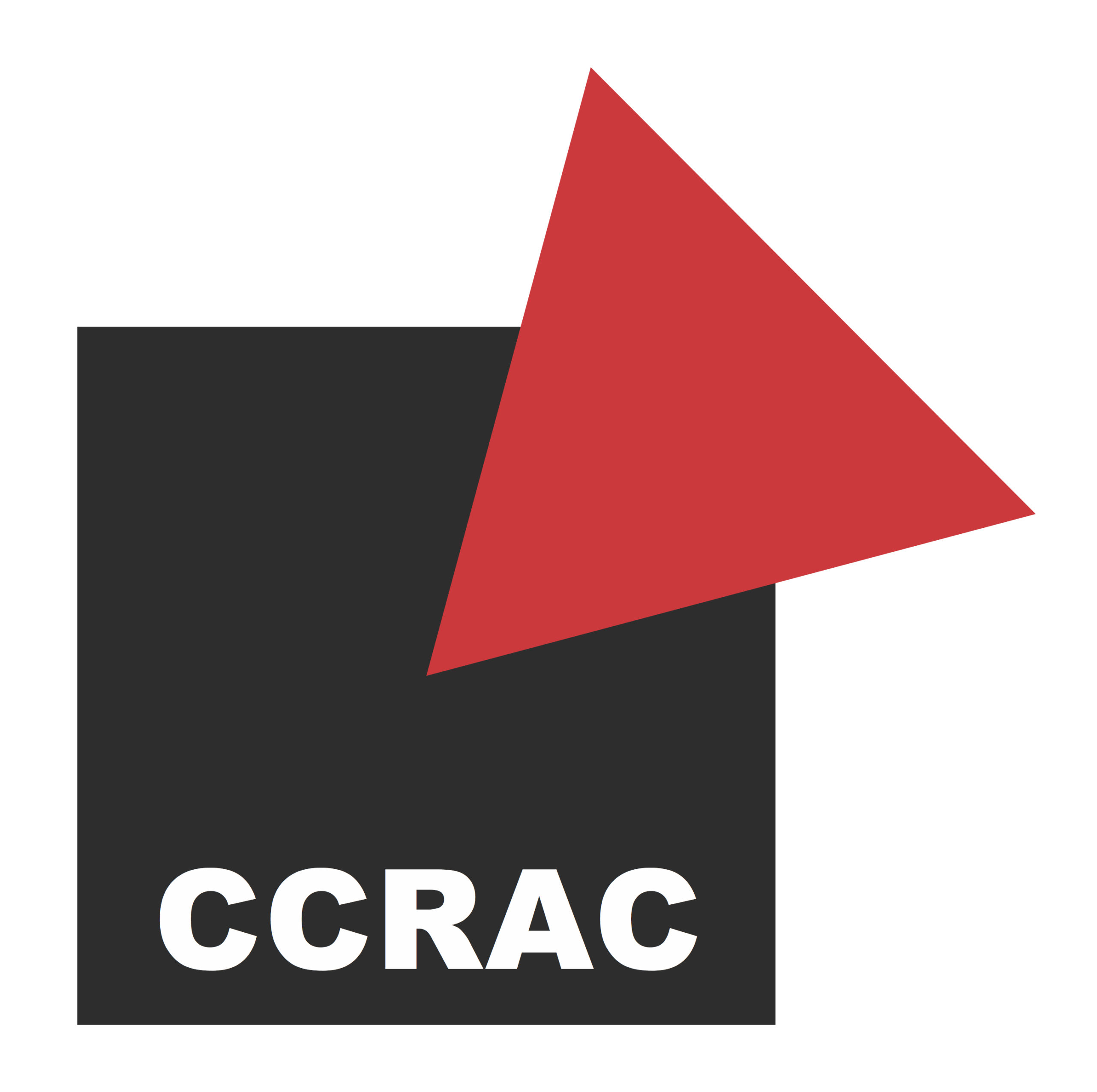7 to 8 September 2012
Pembroke College, University of Cambridge
Keynote Speakers
Professor Wendy R. Salmond (Chapman University)
Dr Oleg Tarasov (Russian Academy of Sciences)
Convenors
Louise A. Hardiman (University of Cambridge)
Nicola Kozicharow (University of Cambridge)
Supported by
British Association for Slavonic and East European Studies (BASEES)
Department of History of Art, University of Cambridge
George Macaulay Trevelyan Fund
Faculty of History, University of Cambridge
Speakers
Sebastian Borkhardt (University of Tübingen), Jaimee K. Comstock-Skipp (Williams College, USA), Pamela Davidson (The School of Slavonic and East European Studies, University College, London), Nina Gourianova (Northwestern University), Louise Hardiman (University of Cambridge), Maria Kokkori (The Art Institute of Chicago), Nicola Kozicharow (University of Cambridge), Erin McBurney (The London School of Economics and Political Science), Myroslava M. Mudrak (The Ohio State University), Natalia Murray (The Courtauld Institute of Art), Nancy Perloff (Getty Research Institute), Scott Ruby (Hillwood Estate, Museum, & Gardens, Washington, DC), Wendy Salmond (Chapman University), Tatiana Senkevitch (University of Toronto), Oleg Tarasov (Russian Academy of Sciences), Maria Taroutina (Yale University)
Conference Programme
Download Conference Poster
Conference Summary
This conference, CCRAC’s first in Cambridge, takes as its theme the concept of the ‘spiritual tradition’ in Russian art, in celebration of the centenary of Vasilii Kandinskii’s seminal text, Über das Geistige in der Kunst (On the Spiritual in Art) (1910-12) – arguably one of the most influential works of Russian artistic thought in the context of international modernism. We propose this banner as a stimulus for a broader discussion of the intersection between spirituality and Russian art, which ranges beyond the extensive and enduring impact of Kandinskii’s well-known manifesto for new directions in art. Through such exploration, we aim to highlight the current diversity and depth of Russian and Soviet art scholarship in Britain and overseas, while also providing a forum for the reassessment of one of its most frequently recurring and critical themes.


